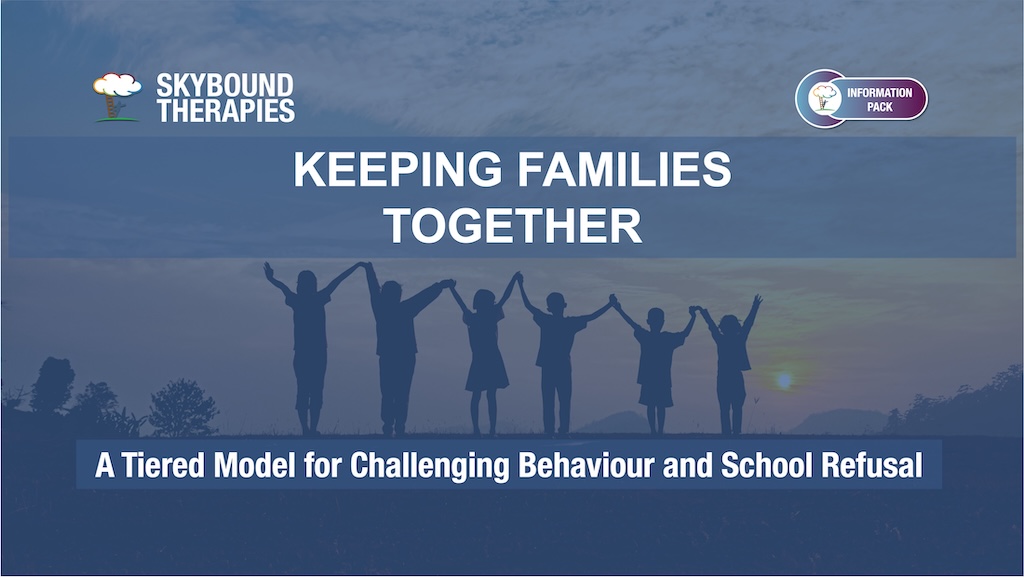Parents are often told how important early intervention is when their child begins to show signs of developmental delay. However, there is very little guidance for parents on what effective early intervention is, and the first steps to accessing this for their child.
Today, we’ll focus on what effective early intervention looks like. In our next blog post (Part 2) we’ll offer our advice to parents around getting started with early intervention services.
Professionals emphasise the importance of early diagnosis and early intervention for good reason. There’s decades of research into the outcomes for children showing early signs of autism, and the effectiveness of intervention at a very young age. Studies in both neuroscience and developmental psychology have shown that the brain has more ‘plasticity’ before the age of 3 years old. This is a key window of opportunity for brain development, and learning new skills and behaviours, as the brain’s neural circuits lay the foundation for new learning to take place.
It can be hard to navigate the wealth of research in this area, but it currently shows that there are 3 key factors in the effectiveness of early intervention.
1. The type of intervention is important
Effective early intervention approaches for very young children often combine developmental science with applied behaviour analysis (ABA). These interventions are known as naturalistic developmental behavioural interventions (NDBIs). There’s a large body of empirical studies showing the effectiveness of these interventions with young children. Specifically in developing skills around emotional regulation, communication and joint attention.
Some NDBI models you may have heard of include –
- The Jasper model for children with Autism
- Early Start Denver Model (ESDM)
- Pivotal Response Training (PRT)
2. Parent involvement with early intervention is important
Numerous studies have shown the importance of parental involvement in the successful outcomes of early intervention. In our experience, parental involvement is often essential to ensuring the skills we teach are functional for our clients outside of their ABA sessions. Parents spend the most time with their child and know their child best. They will usually remain constant throughout their child’s life, through important transitions such as starting school. Therefore, training parents to deliver interventions is a large part of the work we do with young children. This may not look the same as the 1:1 ABA sessions provided by a therapist but is often integrated into the parent and child’s daily routines. Some examples might be working on making choices at meal times or building in opportunities for requesting when pushing a child on a swing.
3. The number of hours a child accesses is important
The research around the number of hours of intervention that is most effective for young children is not quite as clear cut. However, the current consensus is that early intervention is most effective when a child receives at least 5 hours per day. There have, however, been some recent studies that have shown as little as 15 hours a week can have positive outcomes for young children.
Early Intervention at Skybound
Interventions should always be individualised for the child. An experienced Board Certified Behaviour Analyst (BCBA) will be able to combine their knowledge and experience to develop a range of comprehensive interventions suitable for your child. Often bringing together multiple assessments and intervention models. When working with very young children, interventions will likely be play-based and child-led. With a focus on developing skills around communication, joint attention, and social interactions. Helping your child develop skills that will ensure they can meet their full potential and, most importantly, having lots of fun while they are learning. Everyone learns best when they are happy, relaxed and engaged!
At Skybound we promote a multi-disciplinary approach to early intervention. Our team includes a Speech and Language Therapist and Occupational Therapist as well as many BCBA’s with a breadth of experience in early intervention. We operate across Wales and the UK.
Find out more about our services here or complete an enquiry form today if you think we can help your child.
References
Centre on the developing child at Havard University, 2008. InBrief The science of early child development
Kolb B, Gibb R. Brain plasticity and behaviour in the developing brain. J Can Acad Child Adolesc Psychiatry. 2011 Nov;20(4):265-76. PMID: 22114608; PMCID: PMC3222570.
National Research Council. 2001. Educating Children with Autism. Washington, DC: The National Academies Press. https://doi.org/10.17226/10017.
Schreibman L, Dawson G, Stahmer AC, Landa R, Rogers SJ, McGee GG, Kasari C, Ingersoll B, Kaiser AP, Bruinsma Y, McNerney E, Wetherby A, Halladay A. Naturalistic Developmental Behavioral Interventions: Empirically Validated Treatments for Autism Spectrum Disorder. J Autism Dev Disord. 2015 Aug;45(8):2411-28. doi: 10.1007/s10803-015-2407-8. PMID: 25737021; PMCID: PMC4513196.
Zwaigenbaum L, Bauman ML, Choueiri R, Kasari C, Carter A, Granpeesheh D, Mailloux Z, Smith Roley S, Wagner S, Fein D, Pierce K, Buie T, Davis PA, Newschaffer C, Robins D, Wetherby A, Stone WL, Yirmiya N, Estes A, Hansen RL, McPartland JC, Natowicz MR. Early Intervention for Children With Autism Spectrum Disorder Under 3 Years of Age: Recommendations for Practice and Research. Pediatrics. 2015 Oct;136 Suppl 1:S60-81. doi: 10.1542/peds.2014-3667E. PMID: 26430170.





